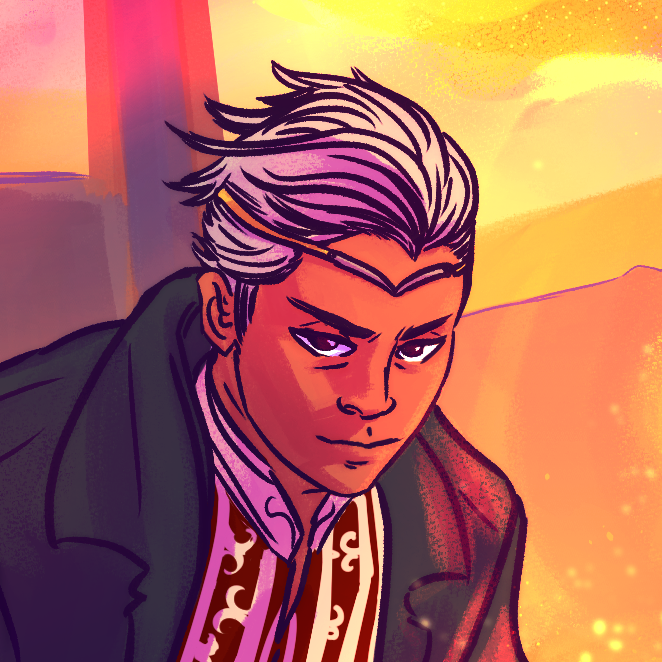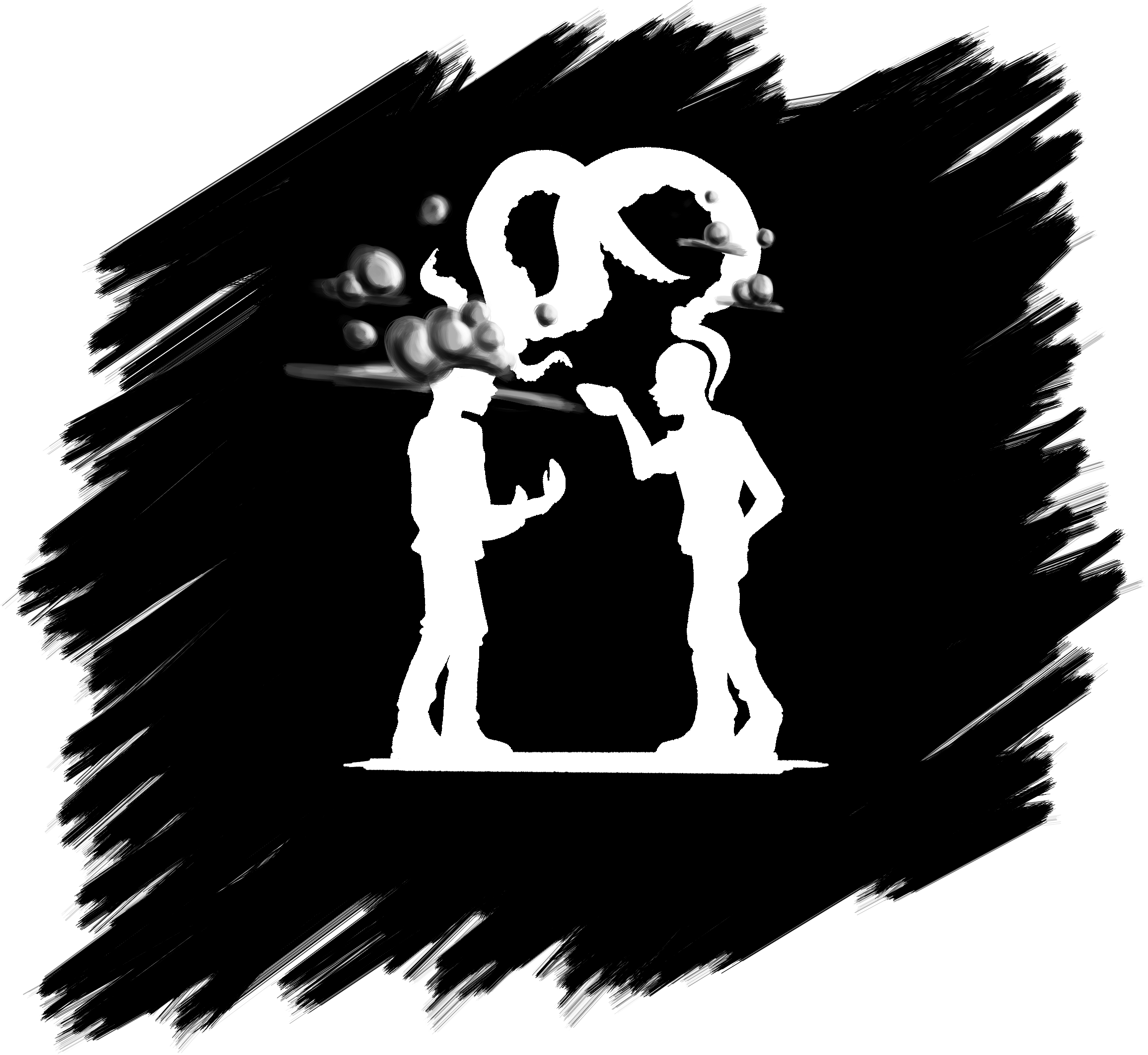"I had heard a lot about the capital, this city that never sleeps, this unparalleled majestic city. However, when I arrived at its gates for the first time, I was unprepared.
Nothing prepares you for such a change of scenery.
My first memory in this city is that of a smell. A smell that I have since learned to cherish like that of my own home. Scents of metal and baking
criðnis pies.
Then came all these marine smells, these iodized emanations coming from the port and going up the arteries of this crowded settlment, the sometimes delicate, sometimes heady perfumes that coexist as best they can in the different markets of the capital, the mossy freshness of the humid cellars and the indescribable smell of the storm on the hot pavement.
Of course I have over the days, weeks, months I spent in this city that I have gradually taken over, integrated more and more details. I found more and more in this effervescence that no longer shocked me an unthinkable comfort for a field child like me. The noises became more familiar, the cries of seabirds and scavengers, the soliciting of merchants, the clear clacking of the hooves on the white paving stone, the strident shards of metal being bumped into each other. All these noises became, with the passage of time, a lullaby that today is almost indispensable to me.
Soon I fell in love with the vestiges scattered all over the capital. Where the majority of the inhabitants of the capital saw only stones that would attract curious strangers and the wrath of the gods if one approached them, I saw a whole civilization. Without realizing it, I was irresistibly drawn to these majestic ruins engulfed by time in the maze of streets and chaotic architecture of the city.
Luckily for me, the ancient inhabitants of the peak who had built all these forgotten wonders using mainly stones that were not native to this side of the bay. The supernatural white hue of these stones, eaten away by ages of rain and wind, made them quite visible among the ochre stones used by the builders since
Roðtull'heill's construction.
Besides, one speaks too often about ruins whereas all did not collapse. There are still a number of rather well preserved vestiges whose access is only dangerous for those who think they will attract the evil eye by treading on the cobblestones of the ancients.
I therefore took over these marvellous constructions, sometimes forgotten, sometimes feared. With time, I ended up considering them as my property, my domain. In particular, I invested the remains of the highest floor of the Crystal Garden. This very poetic name is given by the locals to the huge hanging parks, in the heart of the city, facing the bay. There, under the very particular vegetation that proliferates in a chaos that is both dark and reassuring, one can guess huge glass canopies almost intact after an eternity spent facing the torments of time. The most intriguing element of these gardens, however, remains the omnipresence of crystals of varying sizes, ranging in size from a finger to dozens of cubits long, dotting the abandonned lawns and alleys a of these aerial parks.
I never understood the fear that pushed most of the locals to avoid this magical place, a real breath of greenery, a calm and magnificent view at the foot of the
Palace of the Eight, in the heart of this city which, despite its mothering and reassuring character, can be oppressive for a son of the field like me."










Really cool place! The map is very nice to look at, with enough details to tell you what you want to know while not being cluttered. Regarding the article itself the actual content is interesting, you talk about all points of interest and bring up a lot of different cool stuff. However, you could do with working a bit on the layout. You have very long paragraphs in some places with nothing to really break of the monotony for the eyes. Maybe play around with indentations, columns, the sidebar, images and the like to make it less monotonous? I also sadly can't read any of the quotes, the text is too small for the font you're using. It looks very pretty, I just can't read it. And the white words on that background makes it almost invisible. The text, the world and the map is really neat, just need a little work on the formatting to make it nicer and easier to read! Cheers!
Thanks I am working on it, thank you for the feedback, i hope you'll like the next design iteration ! :D Cheers !